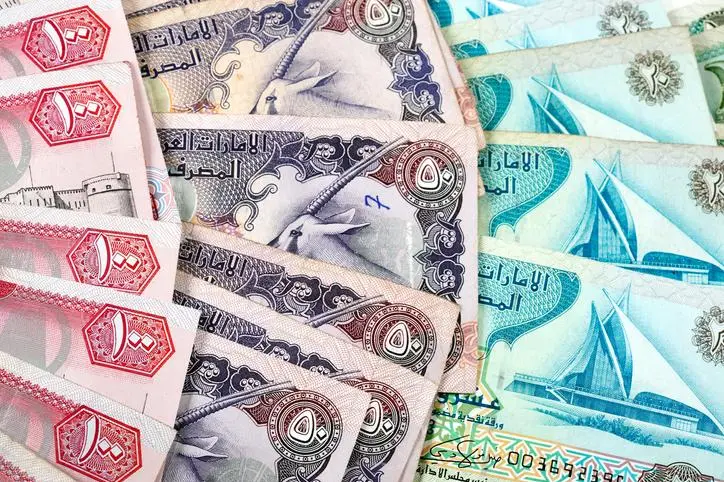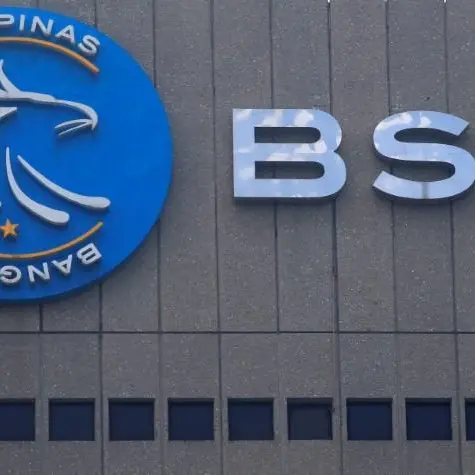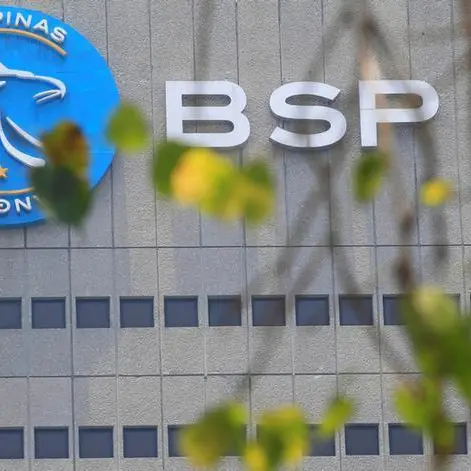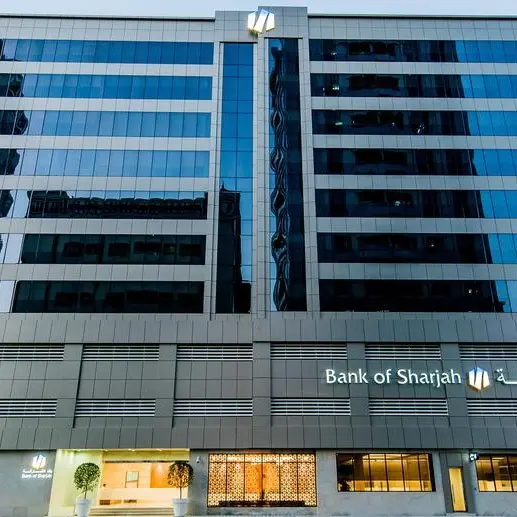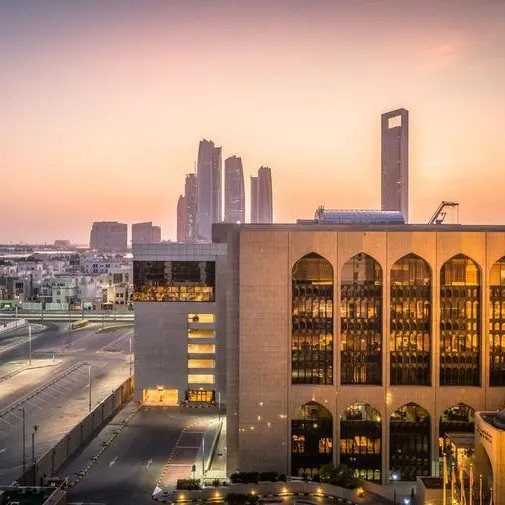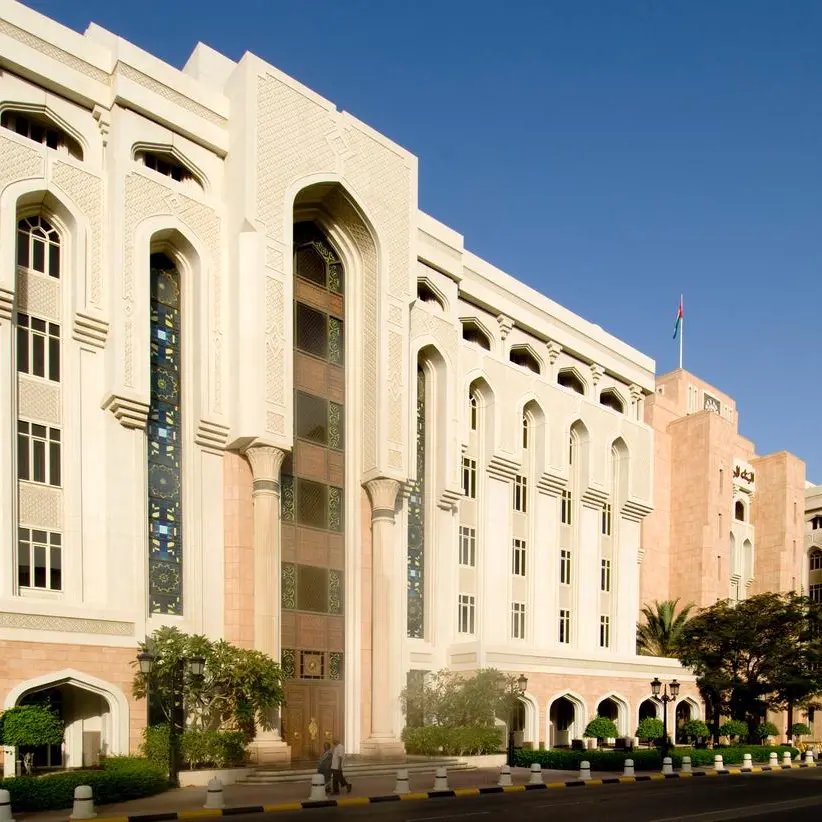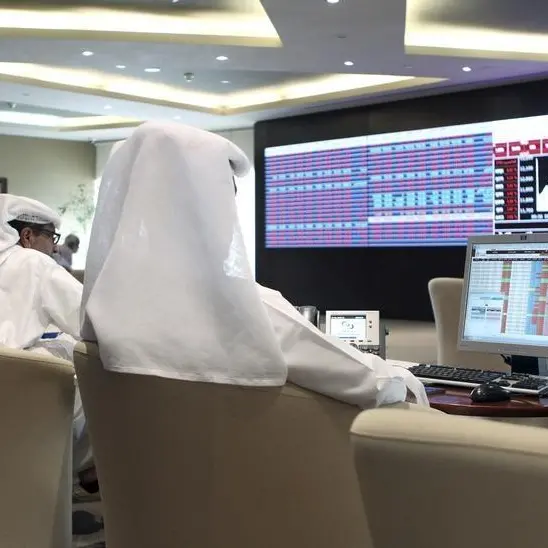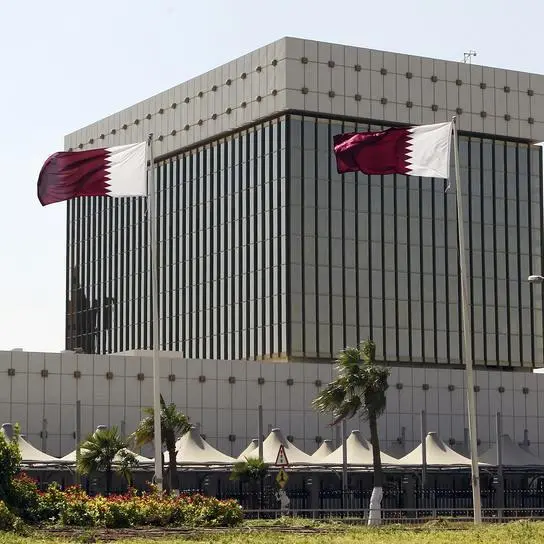PHOTO
Banks in the UAE are outperforming their GCC peers on the back of strong liquidity conditions underpinned by high oil prices, foreign capital inflows, and moderate credit demand amid rising interest rates, according to Fitch Ratings.
Analysts at the rating agency said UAE banks’ profitability has improved significantly, in contrast to that of Saudi and Qatari banks. “We expect this improvement to be overall sustained, which, along with other solid financial metrics being maintained, could lead to positive rating actions on some UAE banks’ Viability Ratings,” they said in a report.
In the first half of 2023, the four largest UAE banks – First Abu Dhabi Bank, Emirates NBD, Abu Dhabi Commercial Bank, and Dubai Islamic Bank — which together accounted for 77 per cent of banking assets as of March 20232 – reported a combined net profit of $7.4 billion in the first six months, up from $4.4 billion for the same period of 2022.
Moody’s Investors Service said high interest rates and business activity, along with increasing operating costs and steady provisions, will continue to support the net profits of the UAE lenders, and predicted that bottom-line profitability will increase further this year.
Alvarez & Marsal said in its Banking Pulse report that strong capitalisation, and robust performance of UAE tourism and real estate sectors leave banks in the UAE well placed to weather any macroeconomic challenge. The report illustrates a positive trend in the UAE banking sector’s profitability, primarily driven by an increase in non-interest income and reduced impairment charges. The Central Bank of UAE Credit Sentiment Survey also indicates strong loan demand growth and optimistic expectations on credit appetite from financial institutions.
The Fitch report noted that GCC banks are benefiting from strong operating conditions supported by high oil prices, contained inflation, and rising interest rates, but bank performance varies between markets.
In particular, banks in the main GCC markets including the UAE, Saudi Arabia, and Qatar are geared positively towards rising interest rates. Most loan books reprice fairly quickly, while low-cost current and savings accounts (CASA) deposits represent a significant portion of funding. “UAE banks have benefited the most from rising rates, with average net interest margins (NIMs) 100bp higher in 1H23 than in 2020, compared with an 11bp increase for Qatari banks and little change for Saudi banks. As a result, UAE bank NIMs are now level with Saudi bank NIMs. We believe UAE bank NIMs have now peaked and will remain stable in 2H23, before declining slightly in 2024,” Fitch analysts said.
In the UAE and Saudi Arabia, asset quality metrics were stable in the first half of 2023, supported by strong operating conditions. The average cost of risk in both countries has decreased since end-2021, but could increase in the second halves of 2023 and 2024 (although not to 2021 levels) as higher interest rates affect credit performance, particularly given the recent fast growth in Saudi bank financing. Mortgage portfolios in the UAE could be pressured given their high proportion of variable-rate loans, but the rise in property prices should keep losses-given-default close to nil, the Fitch report noted.
Weaker global growth and lower-than-expected oil prices are key risks for all GCC banking sectors. Fitch forecasts oil prices to average $80/barrel and $75/barrel in 2023 and 2024, respectively, which should remain supportive of operating conditions.
Copyright © 2022 Khaleej Times. All Rights Reserved. Provided by SyndiGate Media Inc. (Syndigate.info).
